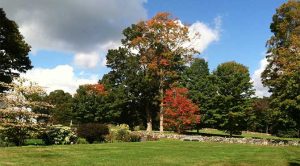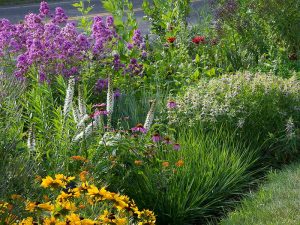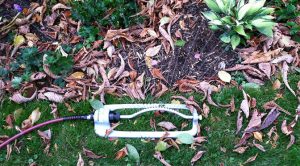While many of you undoubtedly spent summer engrossed in the latest New York Times bestselling beach reads, around here, the books we can’t put down are Weeds of the Northeast by Richard H. Uva, Joseph C. Neal and Joseph M. DiTomaso, and Weeds of North America by Richard Dickinson and France Royer.
Both are indispensable guides to the pesky weeds that gardeners in North America regularly come upon in beds, borders, meadows and woodlands. Weeds of the Northeast was published in 1997 by Cornell University Press. At nearly 400 pages, it offers color photos of 299 weeds at various stages of their lifecycles – starting at the seedling stage. Weeds of North America was published in 2014 by the University of Chicago Press. It covers roughly 500 species of weeds, and includes color photos showing the majority of them at stages from seed to flower. (Interestingly, it also lists plant viruses that each weed could introduce into your garden and which may be harmful to other plants.)
As we continue to pull weeds from our gardens, we thought you might like a primer on 10 of the most common types that might be appearing in yours.
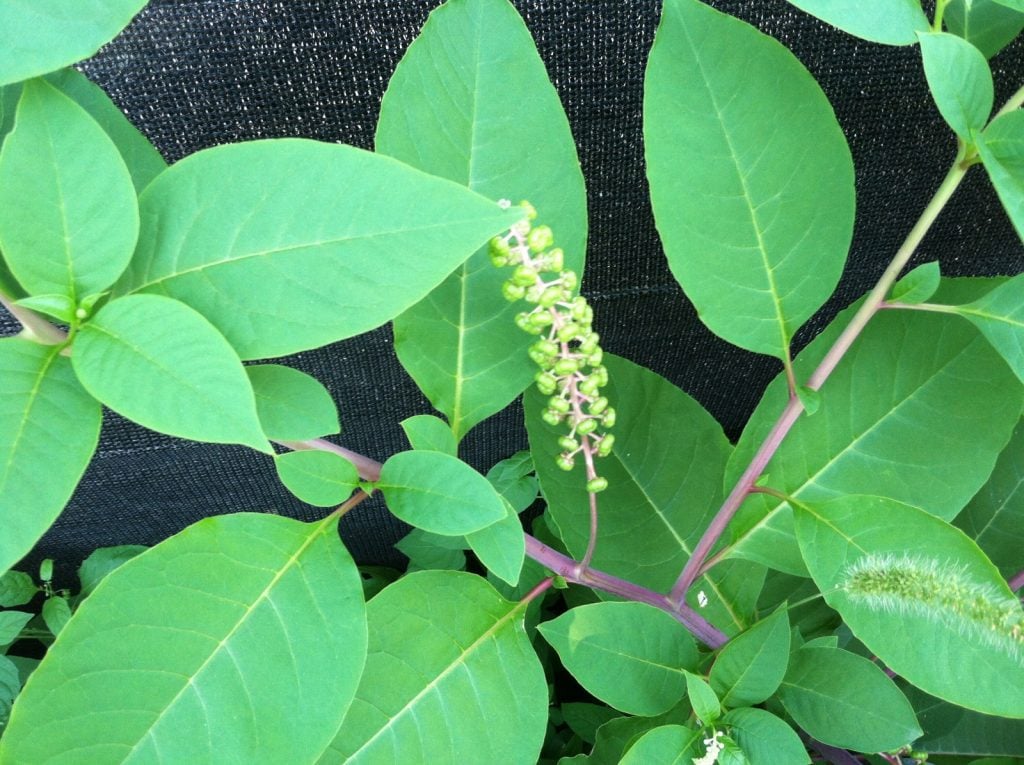
Common Pokeweed (Phytolacca Americana L.)
You can tell a lot by a nickname, and this one is commonly known as Inkberry (for its dark reddish-purple berries), Red Ink Berry (for the color that’s released when the berries are crushed), and American Cancer (for the toxicity of the leaves and fruits). The one thing Pokeweed is not is a poke. The herbaceous perennial emerges in spring and, left untended, achieves the height of a small tree. It will climb over shrubs and grow alongside trees. You’ll recognize the seedlings by their oval green leaves, which often have a hint of reddish purple. As they begin to stretch, you’ll see that the stems are also a reddish-purple. Green berries emerge in clusters, gradually changing to a gleaming purple-black. The shape of the berries is distinctive, too, like round balls that have been slightly flattened on each side. Large taproots make these a contest to remove, but it’s worth winning.
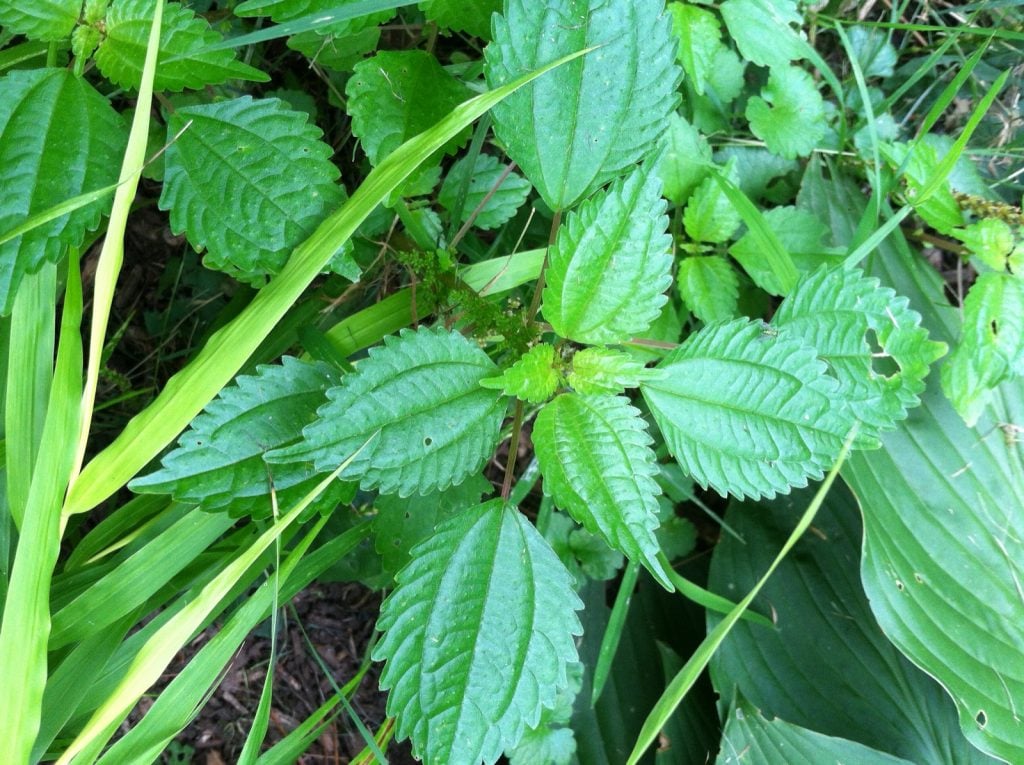
Canadian Clearweed (Pilea pumila)
This summer annual has watery, almost translucent stems that remind us of Impatiens. The fresh, shiny green leaves are opposite and have three pronounced central veins and serrated edges. The small flowers emerge from leaf axils and appear in clusters on the upper portions of the stems. Pull this weed, and it gives way very easily, which may account for our benign feelings about it.
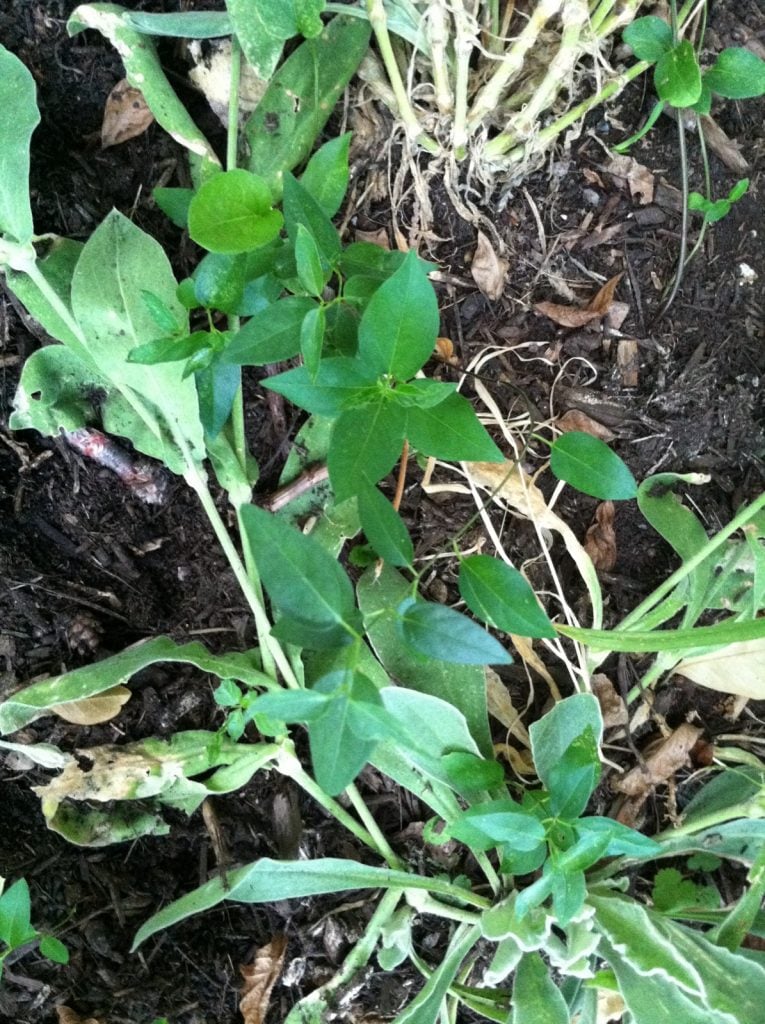
Black Swallowwort Vine (Cynanchum nigra)
The bane of many a northeastern gardener, this twining, vining perennial can twist itself around shrubs and small trees. It has dark green leaves, purple-black fruit, and, most unhappily, a large root crown, which makes removal an Olympic sport.
“Although primarily a woodland species, black swallowwort has become an invasive weed in recently cleared areas, conservation habitats, Christmas tree plantations, nursery crops, and other perennial crops such as alfafa. It also grows in fields, pastures, and waste places and along fence rows, often in sunny areas and calcareous soils,” write Uva, Neal, and DiTomaso. In short, it can be everywhere. Our recommendation: Dig it out to be certain you’re getting it by the roots, or you’ll be seeing it in perpetuity.
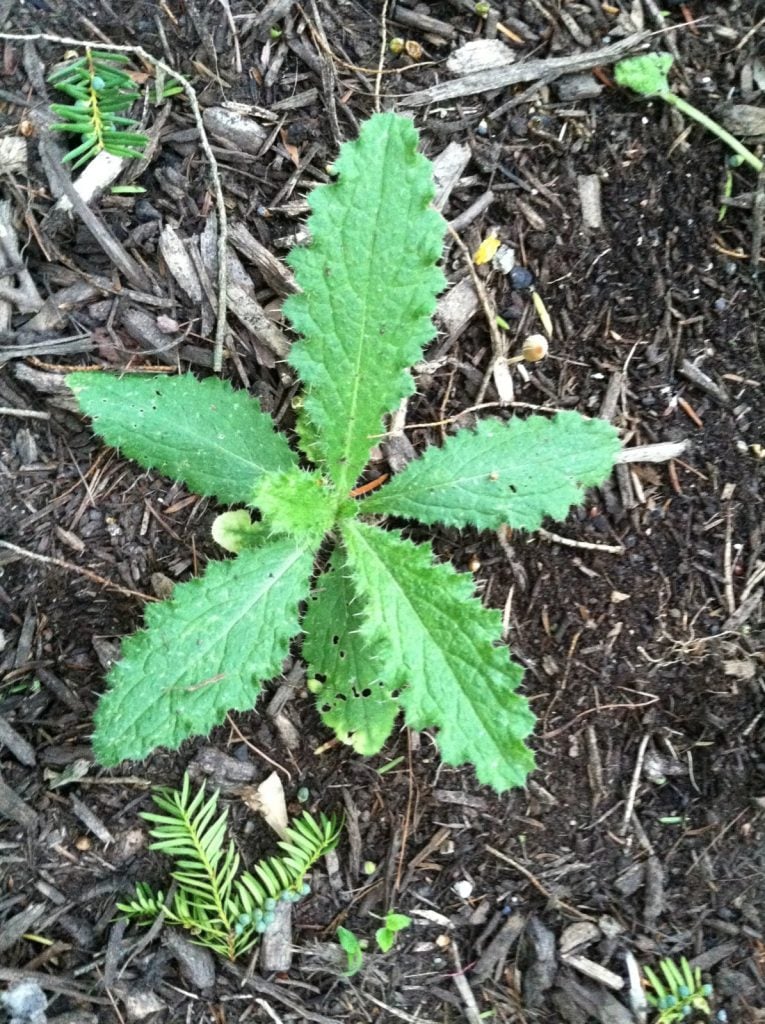
Bull thistle (Cirsium vulgare)
Sometimes confused with Canada thistle, this biennial is distinguished by its leaves, which are spiny above and woolly below (Canada thistle leaves are the opposite: smooth above and smooth or spiny below), and by its taproot (Canada thistle spreads by rhizomes.) Bull thistle favors rich, moist soil. It presents in spring as a rosette of leaves that are prostrate to the ground then develops a stem, which is punctuated by lance-shaped, serrated leaves. Bulbous lavender-purple fruit appears at the tops of stems.
Canada thistle (Cirsium arvense)
This perennial is hard to miss, especially if you’ve had the misfortune to step on it or come upon it ungloved. The spiny leaves appear first as a prostrate basal rosette and gradually lengthen. Allowed to mature, the Canada thistle will sprout stems topped by lavender-purple flower heads that open to release seeds that scatter in the wind. Where there is one, you may expect many more as Canada thistle spreads by rhizomes.
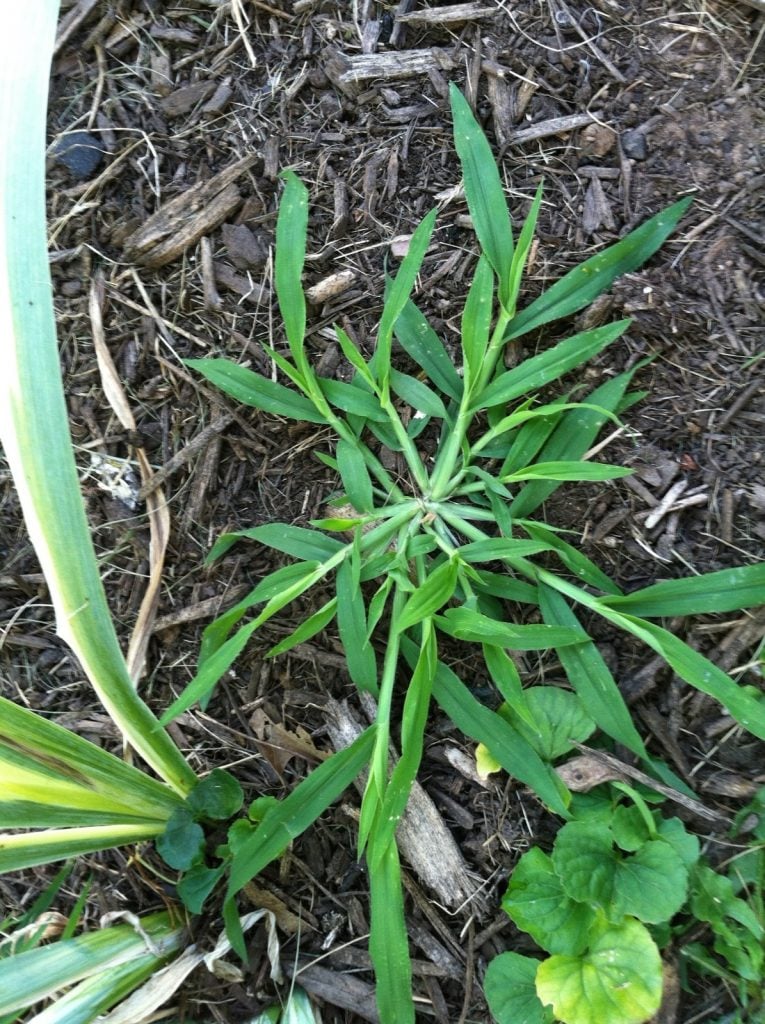
Crabgrass (Digitaria sanguinalis, Digitaria ischaemu Schreb. ex. Muhl, DIGIS, and Digitaria ciliaris (Retz.) Koel, DIGSP)
This one needs no introduction. There are three common varieties, Large crabgrass (Digitaria sanguinalis), Smooth crabgrass (Digitaria ischaemum Schreb. ex. Muhl, DIGIS), and Southern crabgrass (Digitaria ciliaris (Retz.) Koel, DIGSP). All are the bane of gardeners everywhere. The blade-shaped green leaves emerge along prostrate stems. The fibrous roots always seem to be rooted in cement because they’re just that difficult to pull out. The part of the plant that’s above-ground seems always to snap off in your hand before the roots can be dislodged so use a weeding tool to loosen the soil then pull.
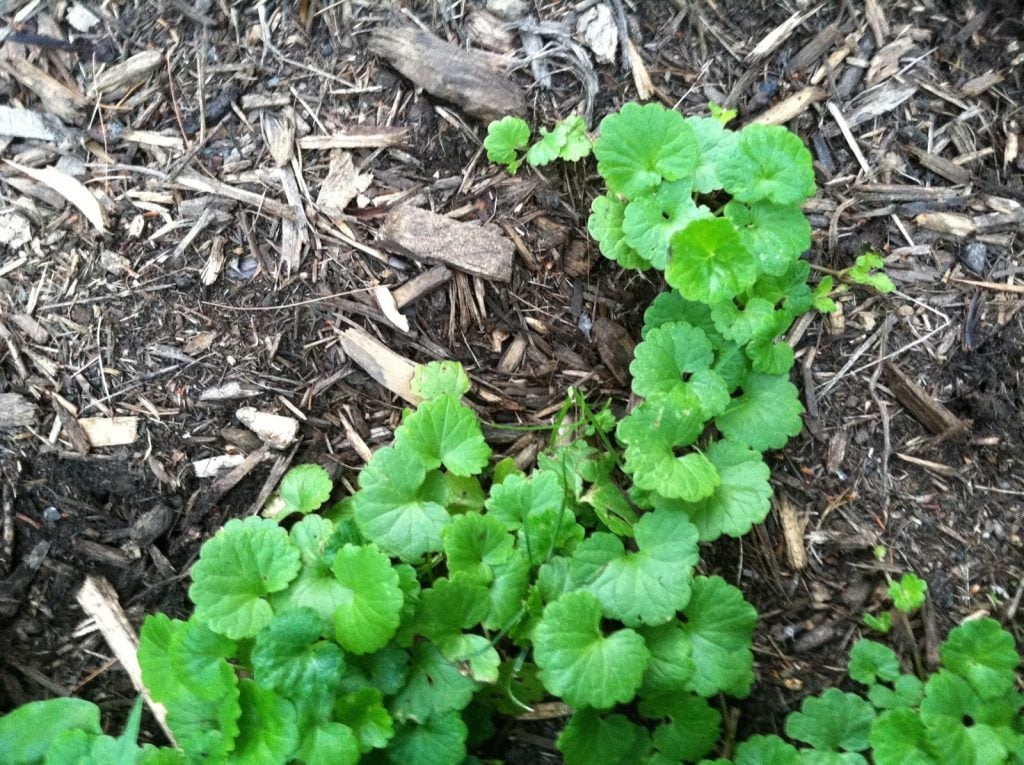
Creeping Charlie (Glechoma hederacea L.)
Also known as Ground Ivy, this is not an ugly weed, it’s just a perpetual land-grabber. It creeps along the ground by runners, each node setting down new roots as the spreading continues. It’s especially fond of vaulting the distance between lawns and garden beds, and it will even crawl across the patio, if it can find sufficient footing. The round, scalloped green leaves form a mat-like ground cover, and in spring, purple flowers appear. Grab a string (or six) of stems and give them a tug. You’ll feel individual nodes pop out of the soil. A firmer tug releases the developed fibrous roots at the base of the plant.
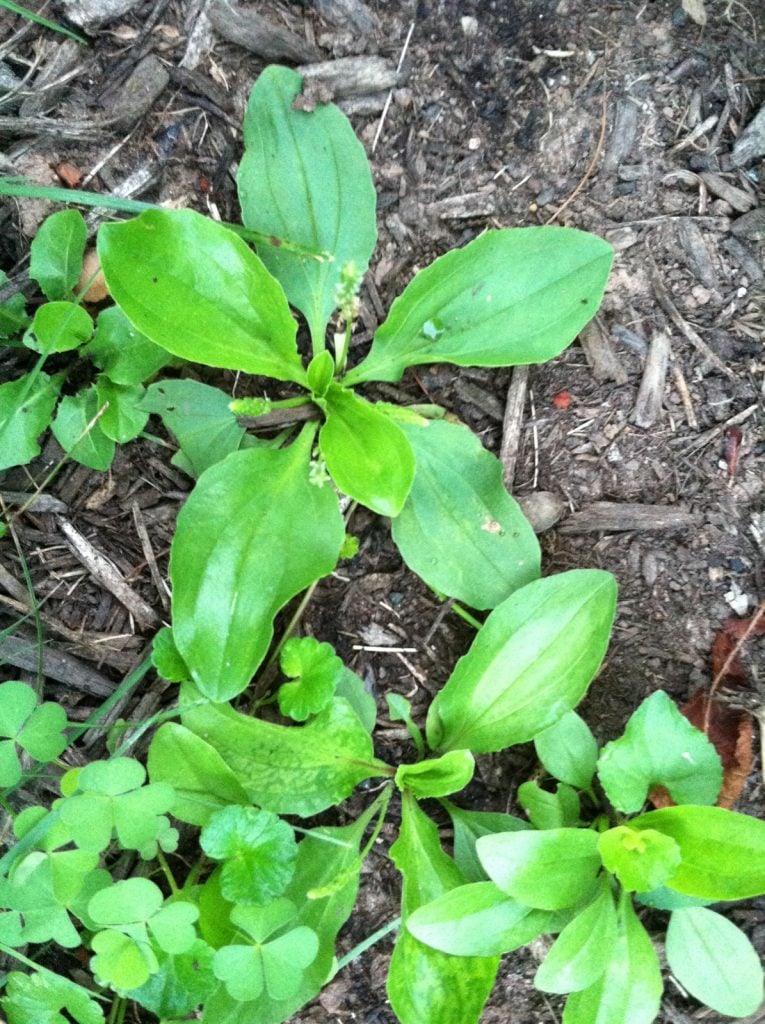
Broadleaf Plantain (Plantago major L.)
We feel a special animosity toward this one, a prostrate grower that holds tenaciously to the soil with a cluster of fibrous roots and single taproot. The broad green, deeply veined leaves hew to the ground, forming a mat from which sprout green flower heads that later turn golden brown.
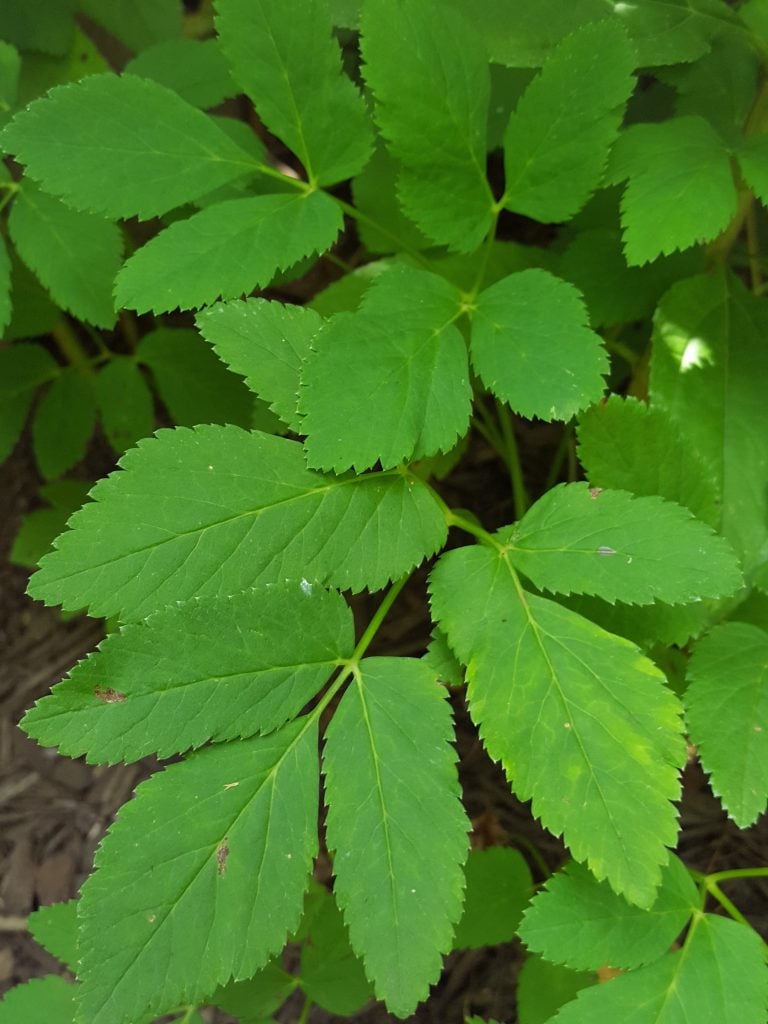
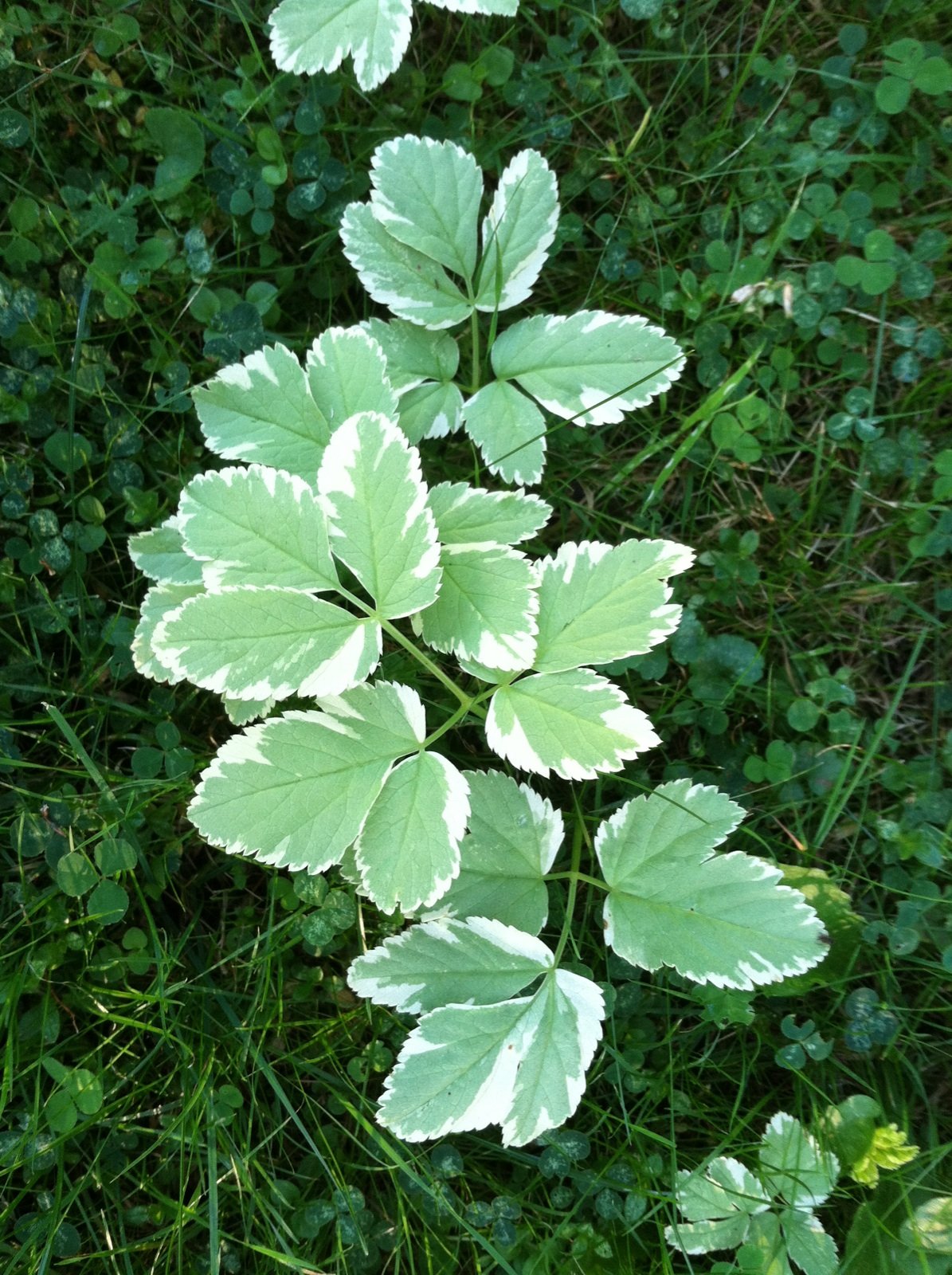
Bishop’s Weed (Aegopodium podagraria)
The variegated form of this super-spreader is called Goutweed. It’s offered at many nurseries as a ground cover, and while quite ornamental, it quickly manifests as a nuisance. To quote the Missouri Botanical Garden’s outstanding website, It “Will rapidly form a continuous mound of attractive foliage typically growing to 8″ tall with an indefinite spread. Unfortunately, once it gets going, it acts like the proverbial snowball going downhill and can be difficult to contain.” While it is easy to remove with a quick tug, you may find the constancy of the job gets tiresome quickly.
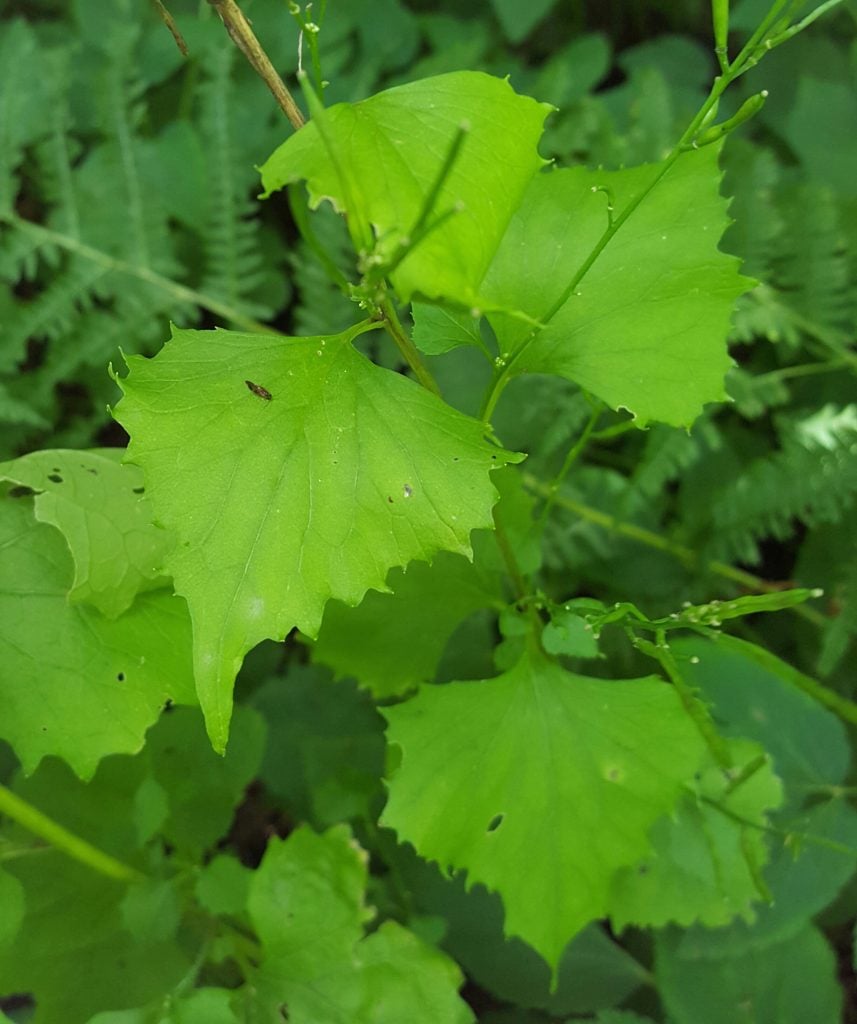
Garlic Mustard (Alliaria petiolata)
This European native was originally introduced to North America in the 1800s and was valued for its medicinal and culinary properties. But since then, this shade-tolerant biennial has become too common in wooded areas of the eastern and middle of the United States where it crowds out natives. Now regarded as an invasive, it forms basal rosettes of heart-shaped leaves in the first year. The following season, the leaves become more triangular in shape, and the plant sends up a 1–4’ stalk that produces small white flowers in early spring. Apart from identifying the plant by its appearance, you can crush a leaf or stem. If you smell garlic, remove the plant.
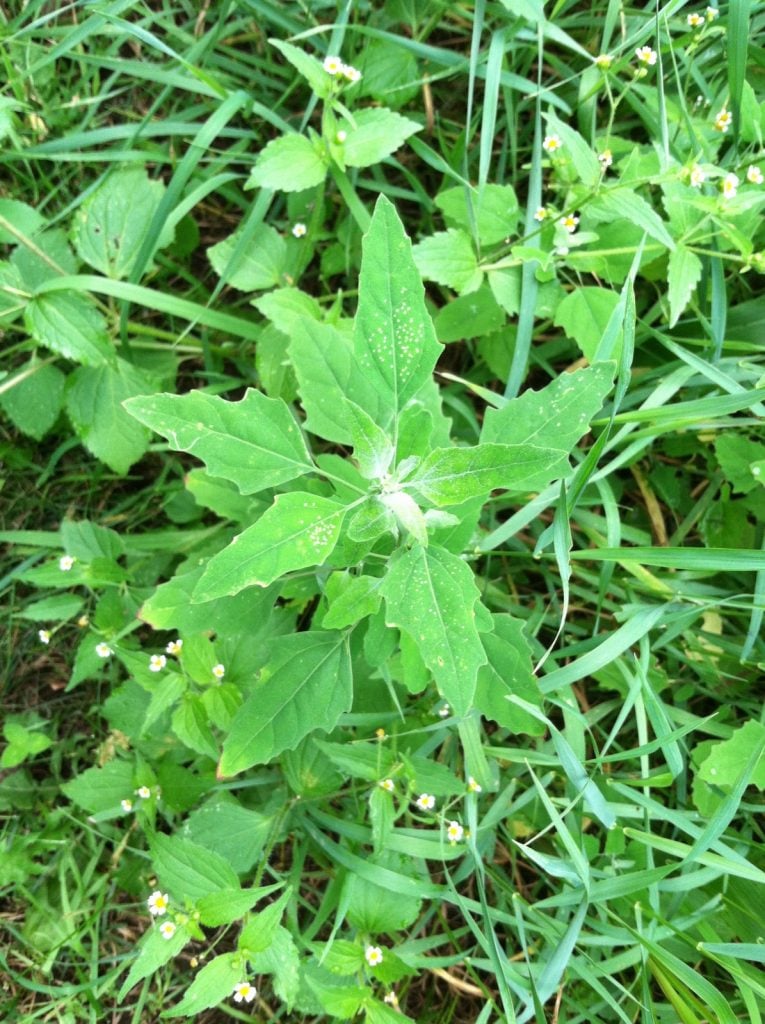
Common Lambsquarters (Chenopodium album L.)
We find this upright annual in lots of places at the farm where it likes to pop up at the edges of fields and meadows. The gray, felted-looking leaves make it easy to spot along with its broad, branching habit. Left to grow, it can reach heights of 3’ in a single season.

